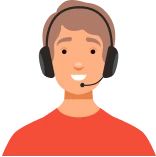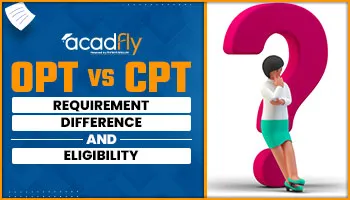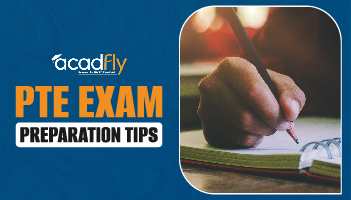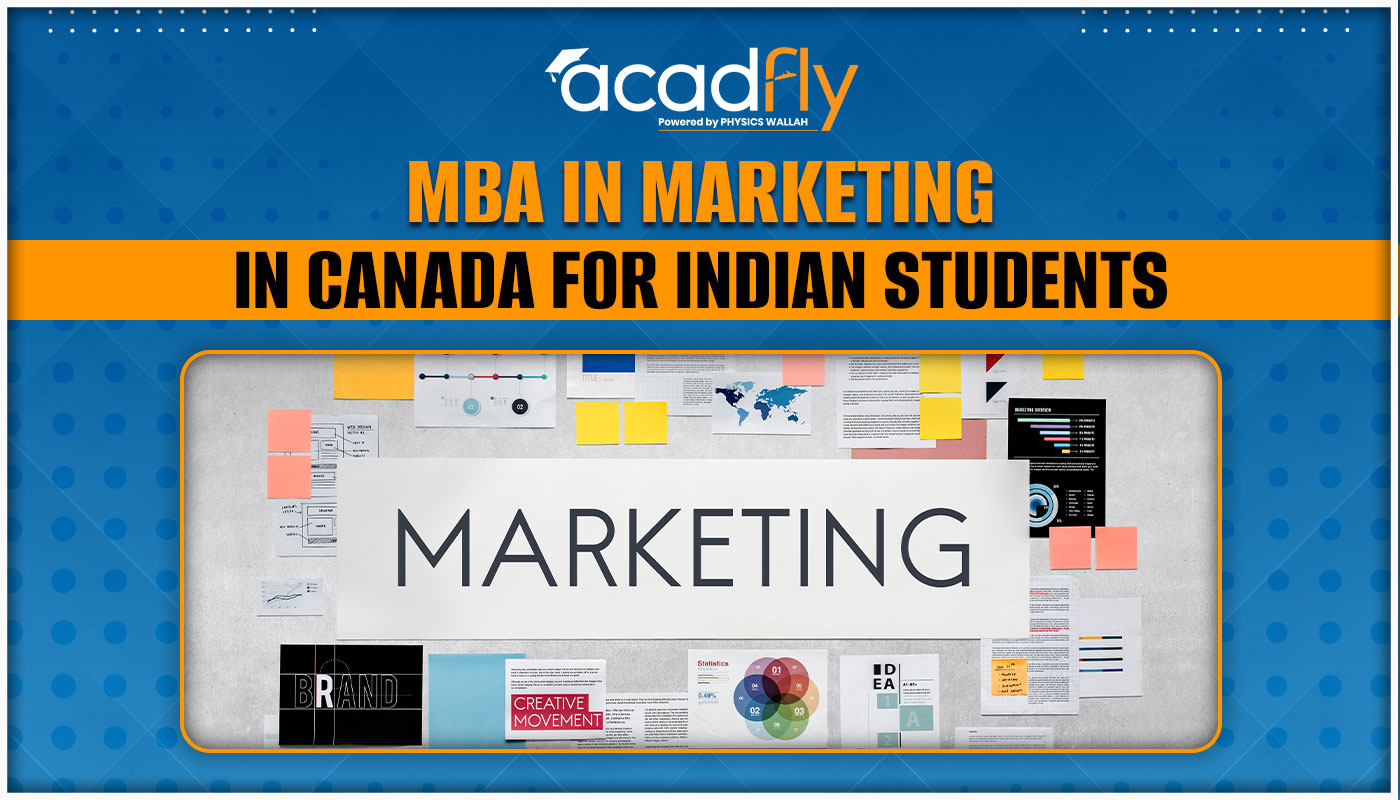

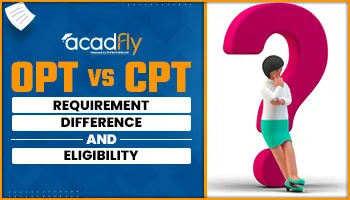
OPT vs CPT: Requirements, Differences, and Eligibility
Navigating the complex landscape of work authorizations for international students in the United States can be challenging. Two crucial types of authorizations are Optional Practical Training (OPT) and Curricular Practical Training (CPT). These programs, although similar in providing real-world experience related to academic studies, have distinct differences in terms of requirements, eligibility, and application processes. This blog aims to demystify these differences and provide clarity on both OPT vs CPT.
Understanding OPT vs CPT
Optional Practical Training (OPT) is an employment permission granted to F-1 students to work in their field of study either during or after completion of their academic program. It is primarily intended to provide practical experience in the student’s major area of study.
Curricular Practical Training (CPT), on the other hand, is an employment option available to F-1 students where practical training employment is considered to be an integral part of the curriculum or academic program. CPT must be related to their major and is usually a part of an internship or practicum that is required by the curriculum.
Key Differences Between OPT vs CPT
To better understand your options, it is important to distinguish between Optional Practical Training (OPT) and Curricular Practical Training (CPT). Both serve as valuable opportunities for gaining practical experience, but they differ significantly in their purpose, application processes, and implications for future work and study. Below, we delve into these critical differences to help you decide which option best suits your educational and career goals.
Purpose and Timing:
-
OPT can be used either during the student’s studies (pre-completion OPT) or after graduating (post-completion OPT). Its main purpose is to gain practical work experience in the field of study.
-
CPT is undertaken before graduation, during the student’s academic program. It must be part of the curriculum and can include internships, cooperative education, or any other work experience that is required for the degree.
Duration
-
OPT is generally authorized for a total of 12 months per educational level, with a possible extension of 24 months for students in STEM fields, totaling up to 36 months.
-
CPT can be authorized for as long as the designated internship or practicum is required by the curriculum. There is no statutory cumulative duration, but students must be cautious as more than 12 months of full-time CPT eliminates eligibility for OPT.
Application Process and Approval:
-
OPT requires approval from the U.S. Citizenship and Immigration Services (USCIS) through the filing of Form I-765 and a recommendation from the student’s Designated School Official (DSO). The process can take several months.
-
CPT can be authorized by the institution’s DSO alone without USCIS approval. Students must obtain a signed CPT recommendation on their Form I-20 and can usually start work quicker than with OPT.
Eligibility Criteria:
-
OPT eligibility requires that the student must have been enrolled on a full-time basis for at least one academic year in a USCIS-approved college, university, conservatory, or seminary.
-
CPT requires the student to be enrolled in a program that requires work experience as part of the curriculum, with differing prerequisites set by individual educational institutions.
Impact on Future Immigration Benefits:
-
OPT used wisely, especially under STEM extensions, can potentially lead to H-1B sponsorship by the employer, which is a common path to further work authorization and eventual immigration.
-
CPT is usually not directly linked to future work immigration benefits but is crucial for completing degree requirements.
Eligibility Checklist for OPT vs CPT
For OPT:
-
Must have completed at least one full academic year at a USCIS-approved institution.
-
The job must be directly related to the major area of study.
-
For post-completion OPT, the application must be filed timely, either up to 90 days before the program end date or 60 days after.
For CPT:
-
Must have CPT as a part of your curriculum.
-
Must have a job offer that is integral to your major and part of your study program.
-
Approval must come from your institution’s DSO.
Understanding the nuances between OPT vs CPT is crucial for international students planning their career paths in the U.S. Each has its strategic advantages and requirements, shaping the potential for future employment and immigration opportunities.
Frequently Asked Questions
Q1: Can I engage in both OPT vs CPT during my studies?
A1: Yes, students can participate in both OPT vs CPT if they meet the eligibility requirements for each program. However, using more than 12 months of full-time CPT will disqualify a student from participating in OPT.
Q2: Does CPT or OPT require a specific employer to be identified before applying?
A2: CPT requires an offer of employment as part of the application process. For OPT, students do not need to have a job offer when applying but must find employment within 90 days of starting OPT.
Q3: Can I extend my CPT beyond one year?
A3: CPT can be extended as long as it remains an integral part of your curriculum and you are in good academic standing, but note that exceeding 12 months of full-time CPT makes you ineligible for OPT.
Q4: What happens if I don’t find a job while on OPT?
A4: You are allowed a maximum of 90 days of unemployment during the initial 12 months of post-completion OPT. Exceeding this limit could result in a violation of your F-1 status.
Q5: Are there any restrictions on the type of employment I can accept under OPT?
A5: Employment during OPT must be in a job directly related to your major area of study. Additionally, for those on a STEM extension, the employer must be enrolled in the E-Verify program.
Frequently Asked Questions
